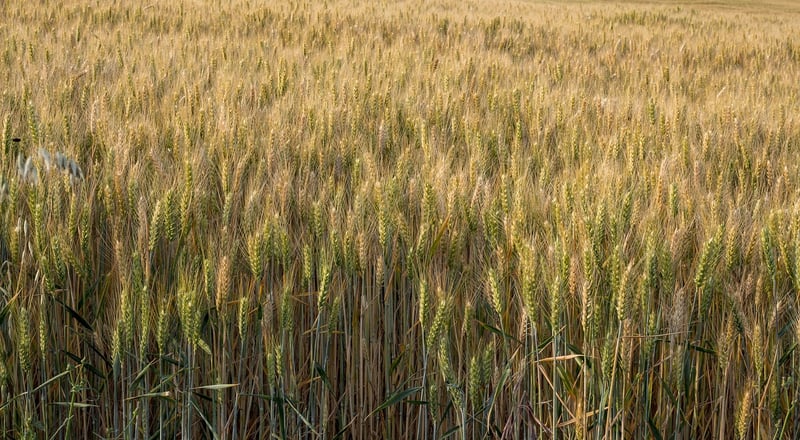Summer Harvesting Tips
Gardening According to Seasons + Summer Harvesting Tips
Introduction
Gardening is a rewarding activity that can be enjoyed all year round, with each season offering unique opportunities and challenges. In this article, we will explore how to plan your garden according to the seasons and provide some essential tips for harvesting during the summer months.
Gardening According to Seasons
Each season brings changes in temperature, daylight, and weather conditions, which can impact the growth of plants. By understanding these seasonal variations, you can optimize your gardening efforts and ensure a successful harvest.
Spring
Spring is the perfect time to start planting a variety of vegetables, herbs, and flowers. Make sure to prepare your soil by adding compost and fertilizer to provide essential nutrients for your plants. Consider starting seeds indoors for early crops and be mindful of frost dates when transplanting seedlings outdoors.

Summer
Summer is a time of abundant growth and vibrant blooms. Water your garden regularly, especially during hot spells, and mulch around plants to retain moisture. Keep an eye out for pests and diseases, and promptly address any issues to prevent them from spreading.

Fall
In fall, focus on harvesting the remaining crops from your garden and preparing for the colder months ahead. Plant cool-season vegetables like kale, carrots, and lettuce for a late-season harvest. Clean up your garden by removing debris and adding a layer of mulch to protect plants over the winter.

Winter
While winter may seem like a dormant period for gardening, it's essential to plan for the next growing season. Start seedlings indoors for an early start, and organize your garden tools and supplies for spring. Consider planting winter crops like garlic and onions that can withstand the cold.

Summer Harvesting Tips
During the summer months, your garden will be brimming with fresh produce ready for harvest. Here are some tips to make the most of your summer bounty:
- Harvest early in the morning when temperatures are cooler to preserve the flavor and nutrients of fruits and vegetables.
- Use sharp pruners or scissors to avoid damaging plants while harvesting.
- Regularly harvest ripe produce to encourage continuous growth throughout the season.
- Store harvested fruits and vegetables properly to maintain freshness and flavor. Consider canning, freezing, or preserving excess produce for later use.
By following these tips and adapting your gardening practices to each season, you can enjoy a bountiful harvest and a thriving garden year-round.
